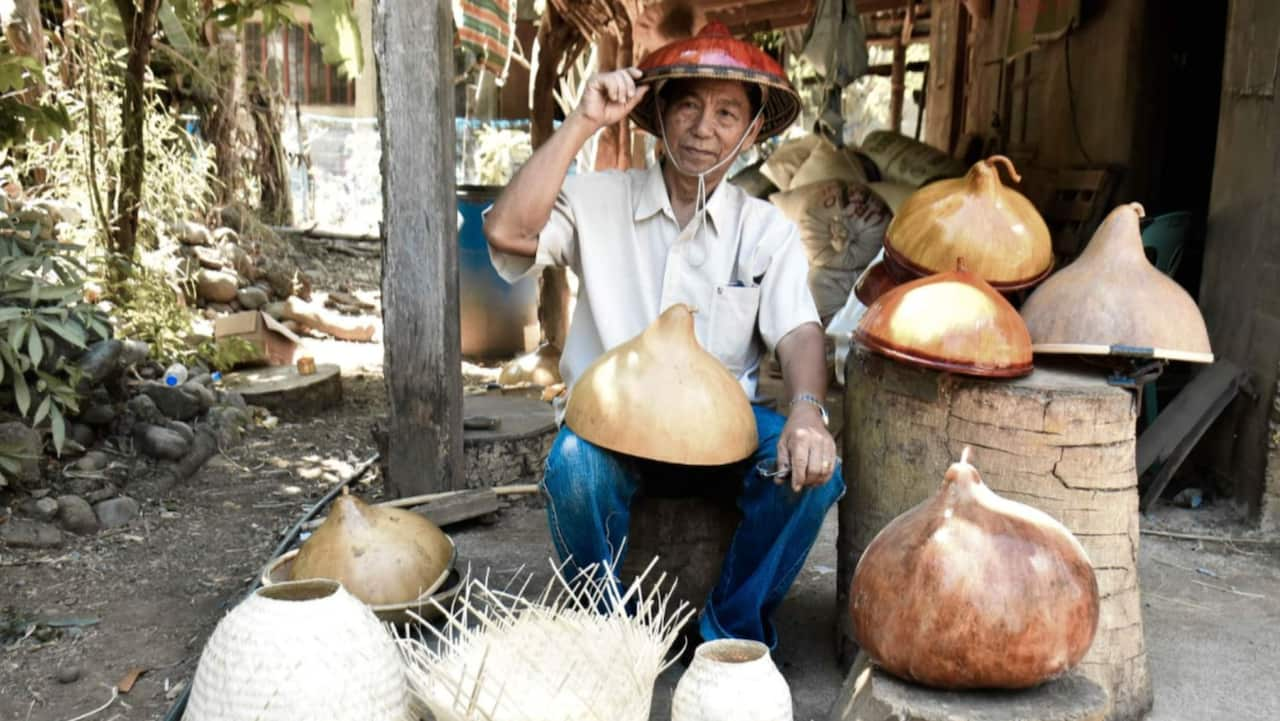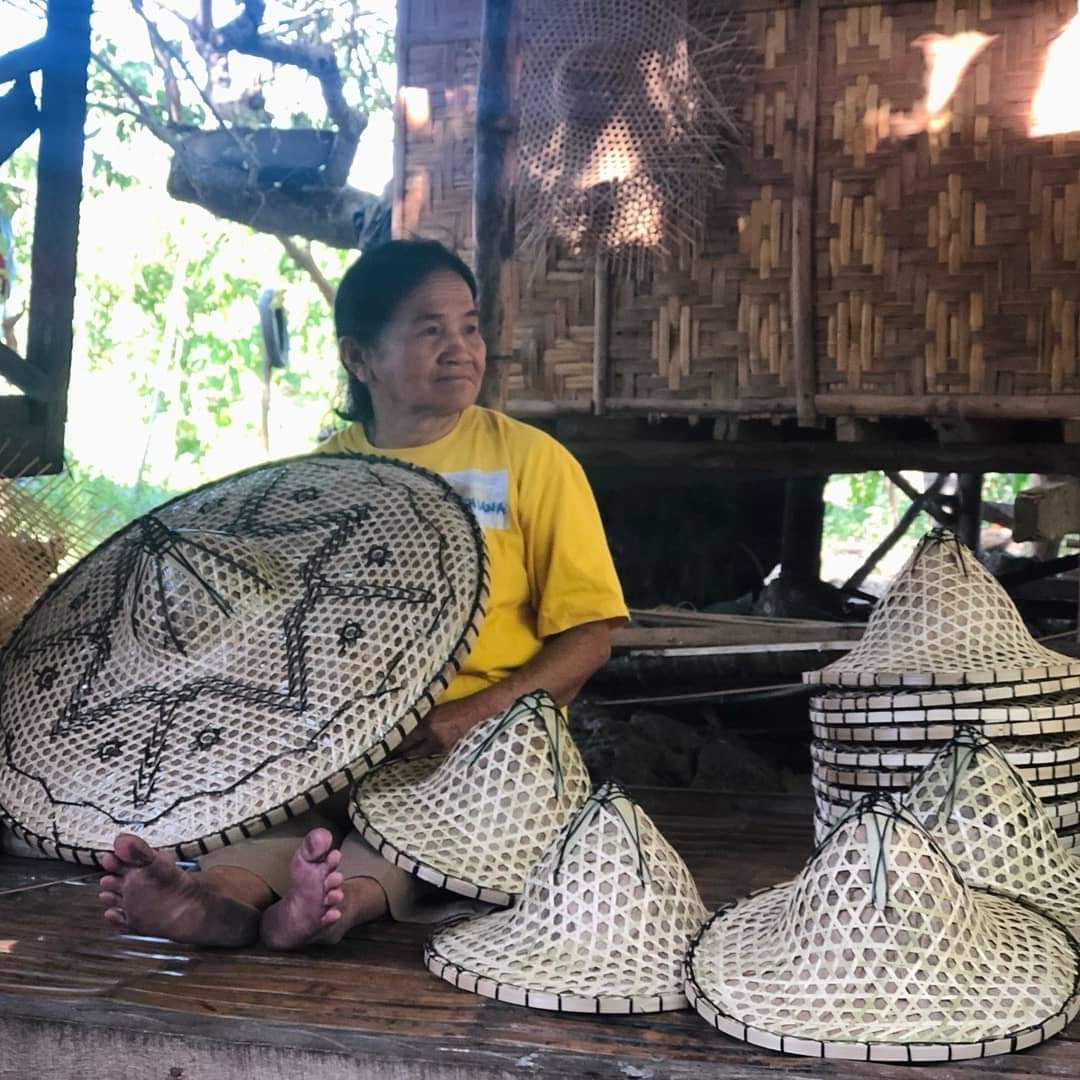Key Points
- The salakot, a traditional hat commonly worn by Filipinos across different provinces, serves as both a shield against the scorching sun and the pouring rain. Crafted from materials like palm, bamboo, rattan, and various plant fibers indigenous to different regions, each salakot bears the distinct imprint of its locale.
- Historically rooted in the influences of Malay culture, the Filipino tradition of wearing headgear, or "gora," as protection from the elements dates back centuries. However, it was during the Spanish colonial period that the adornment of the salakot evolved into a symbol of social status.
- For Mark Ong, the act of collecting salakot is more than just a hobby; it's a passionate advocacy to preserve and honor the rich heritage of Filipino culture.
Mark Ong loves hats. But not just any hats—specifically, the traditional Filipino ones called "salakot."
Each of these traditional Filipino hats, gathered from various corners of the archipelago, holds not just diverse shapes and materials but also a rich tapestry of stories.

Mark Ong wearing a 'Saruk', a native hat from the Yakan ethnic group in Basilan.

Teofilo Garcia was conferred with the Gawad sa Manlilikha ng Bayan (National Living Treasure Award) in 2012 in recognition of his excellence and dedication in making the kattukong or gourd hat. Photo by: Silverbackpacker
The kattukong's craftsmanship is embodied by Teofilo Garcia of Abra, recognised as a National Living Treasure (Manlilikha ng Bayan) for his mastery.

Ponciana, a sarok maker from the Municipality of Consolacion in Cebu, Philippines. Photo by: Tony McGregor, Living Asia Channel
These traditional hats represent the rich cultural heritage of the Philippines and also embody the traditional artistry and ingenuity of Filipino artisans.






